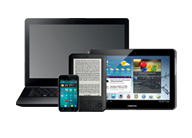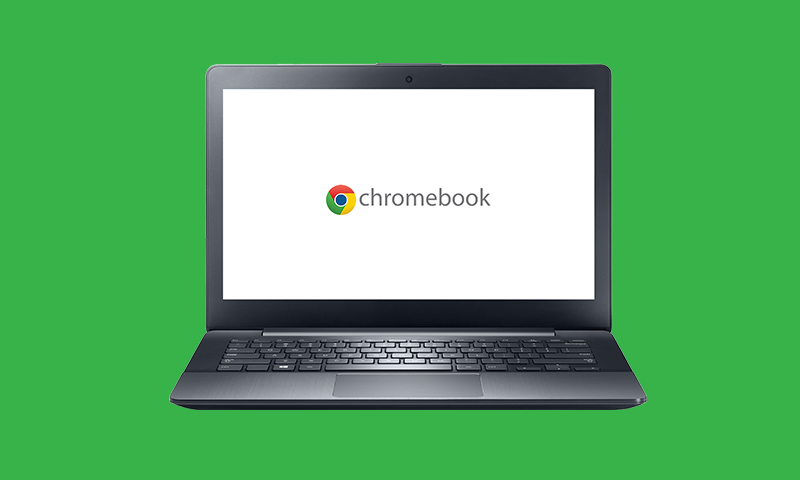3 Ways to Facilitate Distance Learning During School Closures
Right now, like most education providers, you’re likely ramping up digital training and distance learning in light of the evolving COVID-19 situation. We understand that this transition involves more than flipping a switch. That’s why we’ve identified three tips and tools to help you facilitate and sustain distance learning.
1. Address Potential Technological Barriers
School districts need to consider if their student population has access to devices and reliable internet access before they go entirely digital. As technology integration specialist Kara Wilkins offers, “Best practice suggests we offer students a mix of digital and analog tasks to complete in order to ensure all students have access to the activities and curriculum.”[i]
The Center for American Progress recommends prioritizing equity at the center of a school’s response when focusing on continued educational activities during school closures. One way to accomplish this is by surveying families and staff to learn vital information about what technological devices and internet access they have available. Survey responses on potential technology barriers can inform plans about the following:
- Prioritizing how to make devices and mobile broadband access points available to families.
- Identifying which students would most benefit from access to nondigital resources such as printed assignments and library books.
- Facilitating connections between families to support one another during school closures.[ii]
2. Create a Plan to Ensure Effective Communication
Effective communication is critical to students learning as much from remote technological methods as they do from in-person teaching. Communicating with students online may require more thought and planning than communicating with students in a face-to-face environment. In the book Humanizing Online Teaching and Learning, Sandra Mitchell-Holder recommends including the following in your distance learning communication plan:
- Methods you will use to communicate with your online students such as email, announcements, messages, video messages, video conferencing, or even phone calls. It is also equally crucial for you to tell your students which methods you plan to use to contact them so that they know where to look for your communications.
- How often you will communicate with your students. Will it be bi-weekly, weekly, or once a day? Note that consistent, informative contact with students is essential.
- How do you want your students to communicate with you? Whatever your preferred method of contact, make sure that you clearly communicate so your students know how to contact you.
- Which communications method will you use for the different types of communications to your students? You may have a different approach for sending the day’s assignments versus providing students with timely feedback on course projects.[iii]
3. Deploy a Zero-Touch Model for Maintaining Mobile Devices
LocknCharge can help facilitate a zero-touch model for deploying and maintaining mobile devices for your students and faculty, ensuring continual access to a ready-to-go device used for remote learning. The FUYL Tower can help manage devices in these cases during a school closure:
- Deploying Devices– For students and faculty who do not currently have a device but need access to one, IT teams can provide access to tablets and laptops without any physical interaction via a FUYL Tower 5 or 15.
- Loaner/Break-Fix Devices– If students and faculty currently have a device at home, but the device breaks or is lost, IT teams can easily swap the broken device or provide a replacement without any physical contact via a FUYL Tower 5 or 15.
- Individual Overnight Charging– For students who are unable to charge their devices while away from school, such as students with housing insecurity, the FUYL Tower offers a secure location to safely store and charge devices overnight.
Here’s how to maintain a zero-touch model for maintaining mobile devices with the FUYL Tower:
- Choose an accessible location at your facility to place one or more FUYL Tower 5 or 15s
- Stock the Tower with sanitized, ready-to-go devices.
- When a student or faculty member needs a device, IT teams can digitally provide them with a 4-digit PIN code to access an individual compartment of the FUYL Tower.
- IT teams can then retrieve broken devices and/or restock the Tower with new devices as needed.
- With the robust online management portal, IT admins can manage towers remotely. They can track the activity of the Tower to know when the compartment was accessed, reset PINs, open doors, or quarantine doors–all done remotely without any physical contact.
- Beyond the setbacks caused by the Coronavirus epidemic, Towers can continue to eliminate many of the manual processes associated with deploying devices, loaner device programs, break/fix programs or individual public charging for years to come.
In these extraordinary circumstances, our team remains committed to assisting you in managing your mobile devices to help minimize disruption to your staff and students.
Sources:
[i] Distance Learning Tips From One Teacher to Another – PBS Education
[ii] How K-12 Schools Should Prepare for Coronavirus – Center for American Progress
[iii] Kilgore, Whitney, Humanizing Online Teaching and Learning. Retrieved from: https://humanmooc.pressbooks.com/




